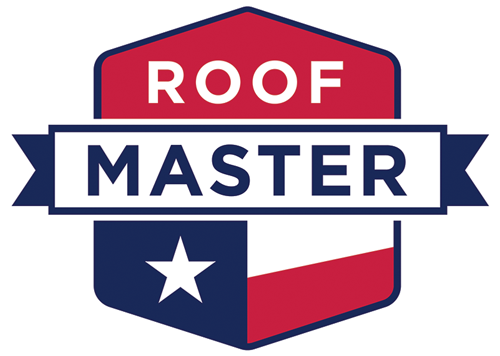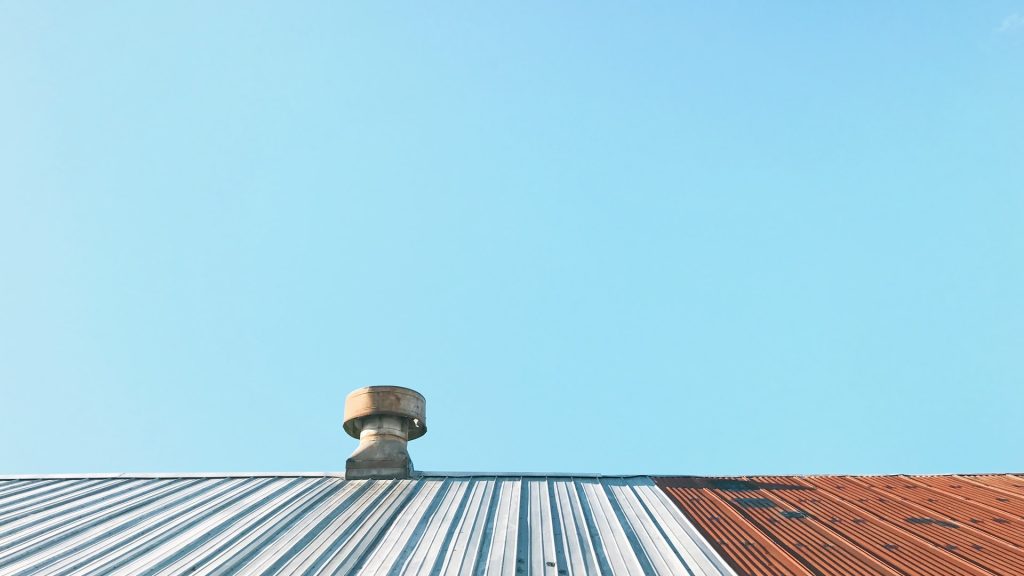Your metal roof may have a few screw holes that leak constantly, but you don’t know how to patch screw holes in metal roof panels. If you don’t repair the holes promptly, the leaks can recur, and that could cause water damage. It will also encourage mold growth.
When fixing the screw holes, you’ll need to do the job properly to prevent further damage. But if you repair the holes incorrectly, the patches can crack, split, and fail. That’s because the patches may have different expansion and contraction rates with the surrounding metal.
If you don’t know how to repair screw holes in a metal roof, worry no more. This guide will help you fix the nail holes in your metal roofing panels. It will also provide a list of all the essential tools and materials for the project.
So, keep scrolling down to learn more!
Things to Consider When Repairing Screw Holes in Metal Roofs
A lot goes into screw holes repairs. To handle the project successfully, you have to look for a patching material that matches the existing roof. If you use a different patching material, their differences in expansion and contraction rates can cause more problems.
Another factor that matters when repairing the screw holes is your safety. Sometimes the screw holes might signify significant damage to the roof’s overall structure, including deteriorated decking. For that reason, you must conduct a safety review before starting.
Inspect the roof under-deck before climbing to the rooftop. Don’t go to the rooftop if you fear heights or have safety concerns that hinder you from completing the roof repair project. Instead, hire a professional roofer to handle the roof patching project safely.
How To Patch Screw Holes in Metal Roof Panels
Now that you understand all the unique considerations for patching screw holes in metal roofs, you can kick off the project. Here are the steps to follow when patching the holes.
Step 1: Assemble All the Necessary Tools and Materials
Patching and repairing screw holes can be challenging if you don’t have all the essential tools and materials. You must get all the accessories ready for a successful roof repair project. Here are some of the things you’ll need.
Required Tools and Equipment
- Caulk gun
- Cordless drill
- Emery cloth or metal file
- Metal snips
- Paintbrush
- Pencil
- Putty knife
- Wire brush
Required Materials
- Asphalt patching membrane
- Paint matching the metal panel to be repaired
- Sheet metal that matches the existing metal on the roof
- Urethane sealant with a color that matches the roofing area to be patched
Pro Tip: These tools and materials are available in hardware stores or home building centers. You can also find them in roofing stores that sell a vast range of roofing materials. But if you fail to find all of them, you can seek help from a professional roofer in your region.
Step 2: Clean the Area to Be Repaired
Since the area around the hole is most likely dirty, you need to clean it thoroughly to improve the integrity of the repair. Use a roof cleaner to clean the metal panel’s surface until it’s free of dirt, algae growth, or any film. When done with cleaning, use a wet cloth to wipe off all the cleaner residue that might compromise the repair project.
Step 3: Scour the Metal Surface
Once you’ve cleaned the metal panel surface, scour the repair point using a wire brush. The purpose of scuffing the metal panel is to ensure that the sealant bonds well to it. However, you should only scour the surface to be patched. Otherwise, the wire brush may peel off the protective coating on the other parts of the metal roof surface.
Step 4: Measure and Cut a Patch for the Repair Surface
Measure the area to be patched and cut sheet metal that can cover the entire screw hole. Ensure that the patch is large enough to overlap the metal panel by around two inches past the hole’s edges. Next, remove any sharp corners from the cut sheet metal by rounding them with emery cloth or a metal file.
Step 5: Place the Patch Over the Repair Area
Once you’ve cleaned the metal panel, apply urethane sealant on the surface to be repaired, ensuring there are no gaps. Don’t spread the adhesive to the unaffected areas, as that may interfere with your roof’s integrity. Next, place the sheet metal patch over the damaged surface. You’ll notice the sealant squeezing out from the patch’s edges.
Step 6: Secure the Sheet Metal Patch
After pressing the sheet metal over the sealant, secure the patch in place with sheet metal screws every 3-4 inches around the patch’s perimeter. To apply uniform pressure to the sealant beneath the patch, place all the screws one inch from the patch’s edges. The screws should not reach the decking but penetrate only the metal panels.
Step 7: Remove the Bleeding Sealant
When attaching the sheet metal patch onto the roof’s surface, some sealant will spread from the edges. Use a putty knife to remove the excess sealant from the metal panel. This will ensure that the sealant seals the hole properly so that no moisture will penetrate through the roof. Finally, allow the sealant to dry before you proceed.
Step 8: Paint the Patched Roof Surface
The final step is to paint the patch’s surface to match the roof’s color. To do this, lightly scuff the metal patch’s surface with a wire brush to adhere to the paint. Next, paint the patch’s surface, allowing the paint to spread a few inches past the patch edges to cover part of the underlying metal panels.
Final Words: How to Patch Screw Holes in Metal Roof
Patching and repairing screw holes in metal roofs can be overwhelming when you don’t know where to start. But the good news is that you now know how to plug nail holes in metal roofing panels, so you can handle the project comfortably. But if you find fixing the screw holes tricky, roofing experts at Roof Master & Construction can help you.
Contact us today to talk to one of our professional roofers about your roofing project.



